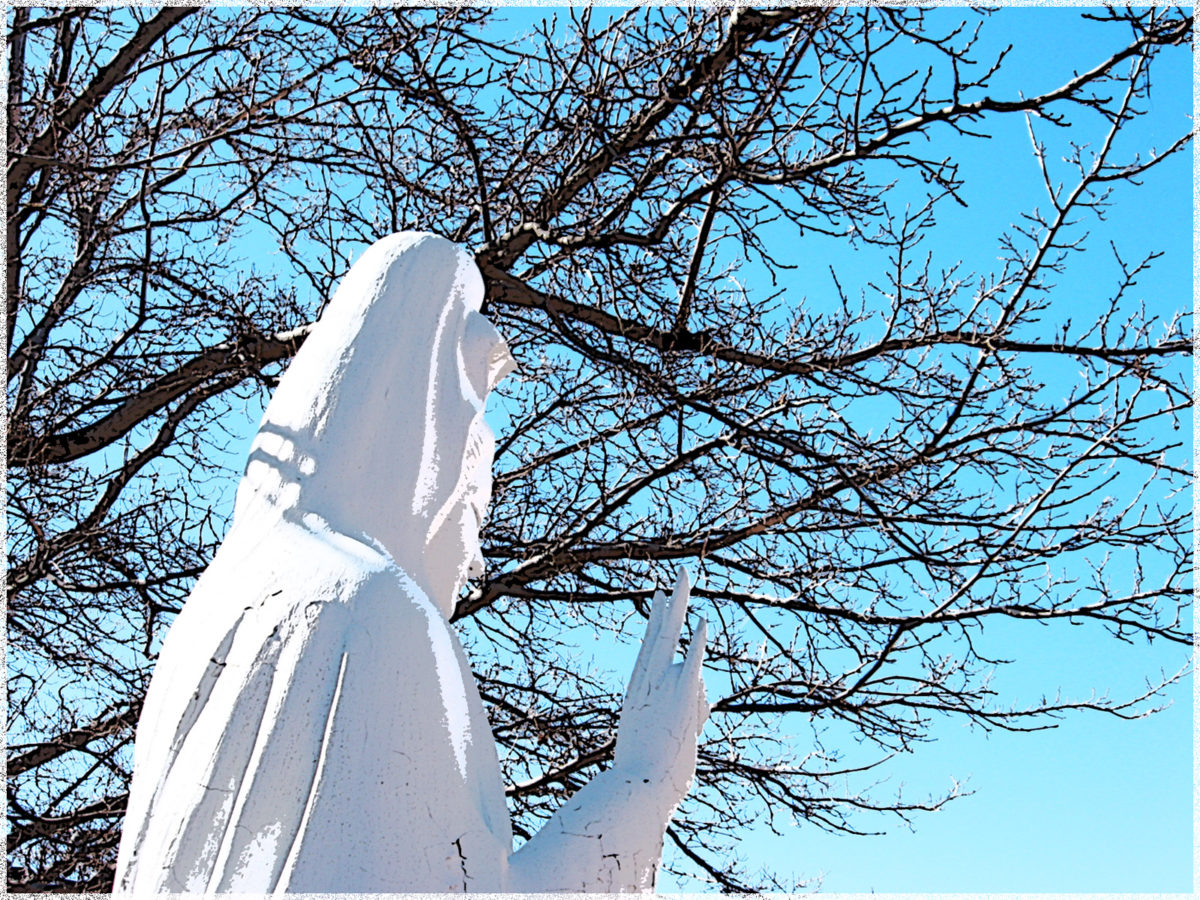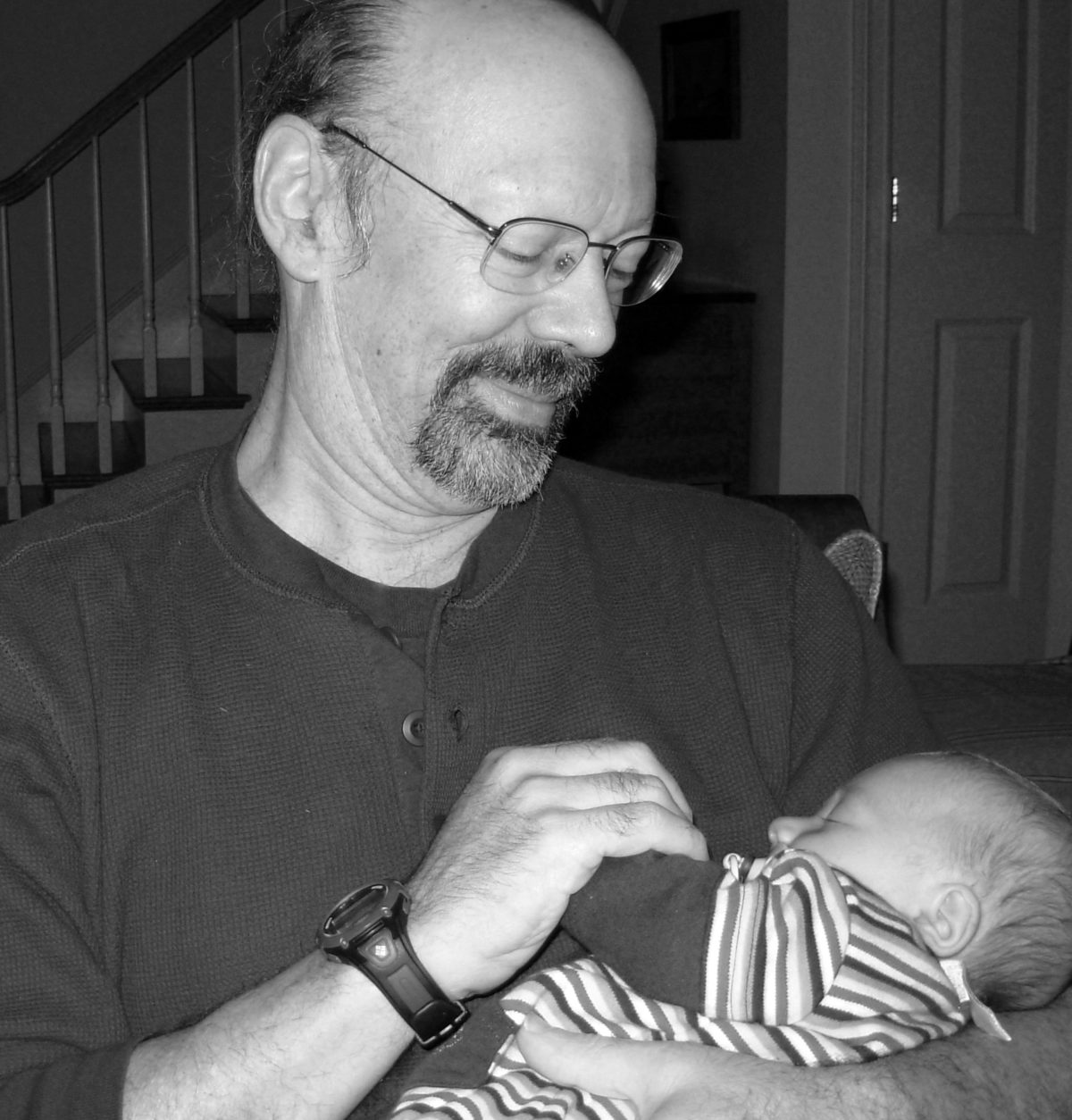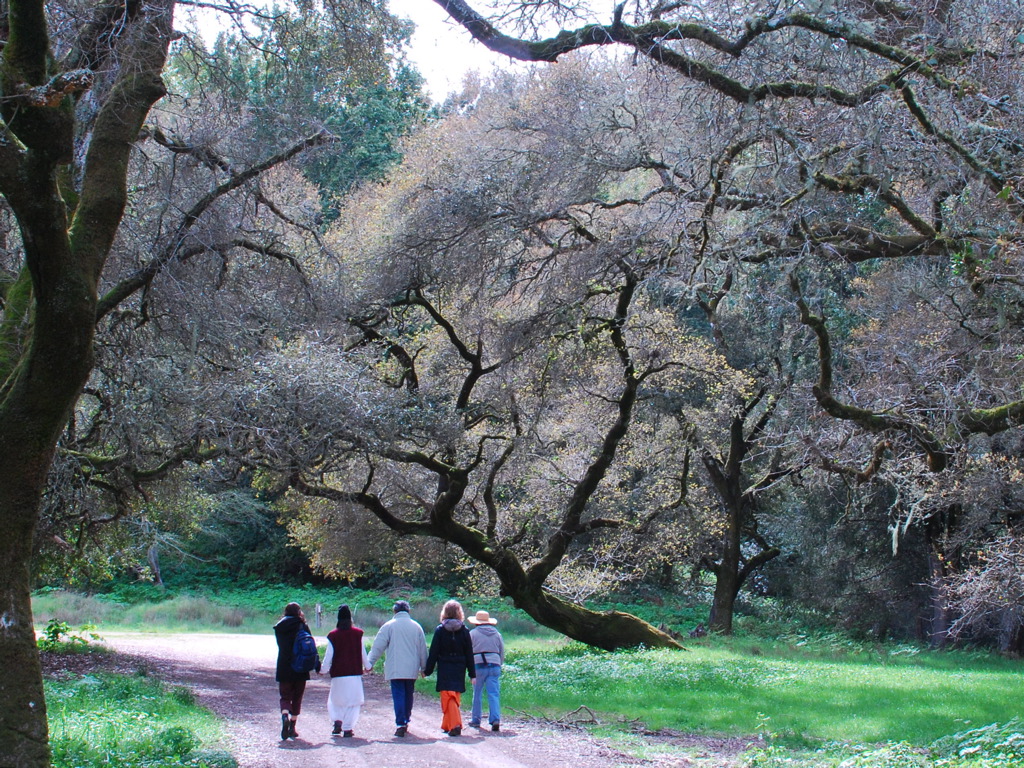By Peter Cutler

I’ve begun doing a practice to transform suffering. It’s been very effective for me. The practice involves a combination of three Buddhist practices—mindfulness of suffering, tonglen, and metta. I call it the Heart Pushup. I often do it lying down the first thing in the morning, just after I wake up. It’s a wonderful way to start the day.
By Peter Cutler

I’ve begun doing a practice to transform suffering. It’s been very effective for me. The practice involves a combination of three Buddhist practices—mindfulness of suffering, tonglen, and metta. I call it the Heart Pushup. I often do it lying down the first thing in the morning, just after I wake up. It’s a wonderful way to start the day.
Mindfulness
Take any pain or suffering, and bring your attention to it. If it’s strong and immediate, this isn’t much of a problem. Now open your heart wider to accept this pain fully. Stop resisting it or wishing it would go away. This will quickly reduce the intensity of it. It’s usually the resistance that creates the most pain.
As you open to the pain, you will find yourself becoming curious about it. If it’s physical pain, notice the quality and texture of the sensations. Where do they start? Where do they end? Is it dull and throbbing or sharp? Is there a color or shape to it? The more we embrace our pain, the less intense and frightening it becomes. This occurs because of love.
Now we’ve reduced the intensity of our pain and come to know it very intimately. We’ve embraced it into our heart. We now know a great deal about this pain and about ourselves.
Tonglen
Now we begin the Tibetan practice of tonglen. Because we are part of the human family, many other people have pain that is similar to ours. Begin to visualize one of these people. You might visualize their pain as a dark black cloud. On your in-breath, breathe in this dark cloud. Let it flow into your heart, where you transform it into a bright healing light that can heal all pain. On your out-breath, breathe all your healing light into this person. On your next in-breath, do the same with a different person. Eventually, breathe in the pain and suffering of many people at once and breathe out healing to all of them.
Most people unfamiliar with tonglen think it is contradictory to healing. After all, we are the ones with the pain. Why shouldn’t we send healing energy to ourselves instead of other folks? But if you try it, you will begin to notice that your heart expands and you feel filled with compassion. You feel connected to all humanity, all beings, the whole universe, and you seem to have forgotten about your pain.
Metta
Now that our hearts are filled with all beings, we send all of them unconditional love. This is metta, or loving kindness. We wish only for their greatest good and happiness. As we do this, we can feel our heart filling with unconditional love. This energy radiates out and fills our entire body. It fills the room, the house, the neighborhood, touching and healing each person. It expands further to encompass the city, the state. It touches and heals everyone we know as it continues growing. It radiates throughout the country and then encompasses the world. It only takes our intention to love this way.
At this point we are filled with love. The sensation of pain may still be there a little, or it may be completely gone. But mostly we are love. The interesting thing is that without the pain and suffering, the intensity of this practice would not be as strong, nor would the wonderful results. Some people say love conquers all. I try not to indulge in blanket statements, but I am partial to that idea. I do know that this particular practice seems to work wonderfully for me. May it bring peace, love, and joy to you as well.

Peter Cutler, True Sangha Virtue, practices with Boston’s Old Path Sangha. His Zen brush paintings can be seen at www.zen-brush.com.

